Auctions
Anne Vallayer-Coster Was a Painter for Marie Antoinette—Here are 3 Things to Know About the 18th-Century Artist Smashing Expectations at Auction
The renowned flower painter was the second woman elected to France's Royal Academy.
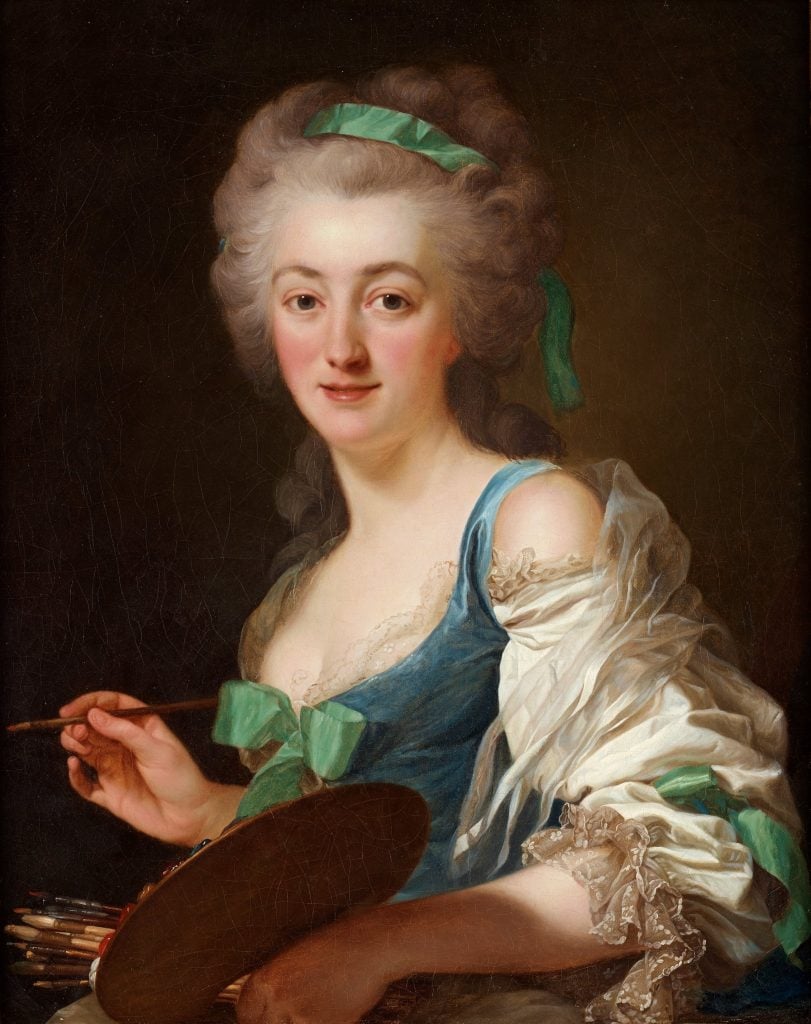
The renowned flower painter was the second woman elected to France's Royal Academy.

Sarah Cascone

She painted Marie Antoinette but survived the Reign of Terror, she was one of just four women ever admitted to France’s Royal Academy (or Académie royale de peinture et de sculpture), and now Anne Vallayer-Coster is smashing expectations and setting records at auction.
Last month, the French painter, who lived from 1744 to 1818, was one of the highlights of the Old Masters sales at Sotheby’s New York, with three still life works selling for well above estimate. (The sales were first reported on Instagram by Art Herstory.)
The most impressive result was Still Life of Roses in a Glass Vase, with Grapes Beside, which sold for $630,000, more than tripling the high estimate of $200,000. It was the fifth-highest result at auction for Vallayer-Coster.
The painting, of a handful of pale pink roses resting in a glass of water in front of bunch of green grapes, hadn’t been exhibited since its debut at the Paris Salon in 1804. (It was last on the block in 1990, when it fetched $341,000 at Sotheby’s New York.)
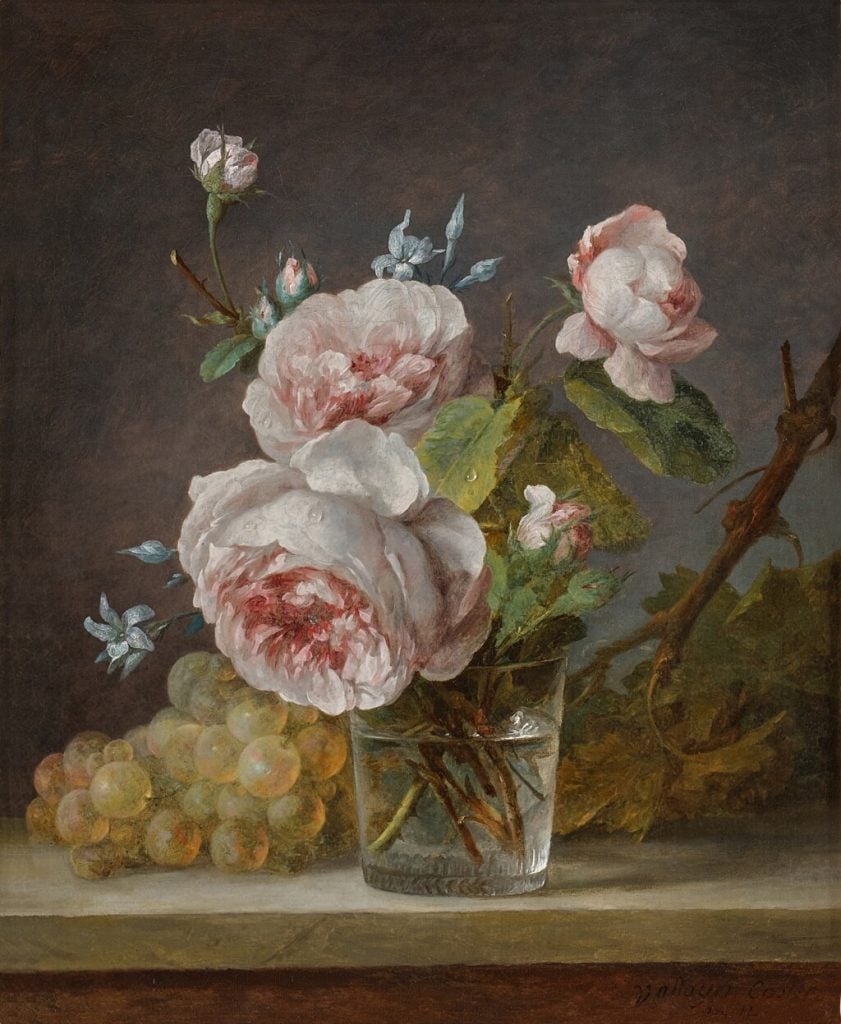
Anne Vallayer-Coster, Still Life of Roses in a Glass Vase, with Grapes Beside (1804). Courtesy of Sotheby’s New York.
The work’s January 26 sale came almost a year after Vallayer-Coster set her current auction record, according to the Artnet Price Database. The artist hit the seven-figure mark for the first time with a $1.84 million still life titled Still life of flowers in a vase on a table beside a bust of Flora, with fruit and other objects with a curtain beyond, also at Sotheby’s New York.
There, the big result was expected, with the large-scale work carrying a $1.5 million to $2.5 million estimate—the auction house described it as “one of the most important works by the artist remaining in private hands” featuring “a monumental display of colorful, dazzling flowers in a wide range of forms and carefully painted textures” in the catalogue entry.
There was less fanfare accompanying last month’s smaller, easel-sized offerings by Vallayer-Coster, which were consigned by a “Distinguished Canadian Private Collection” that had purchased them from the London dealer Richard Green.
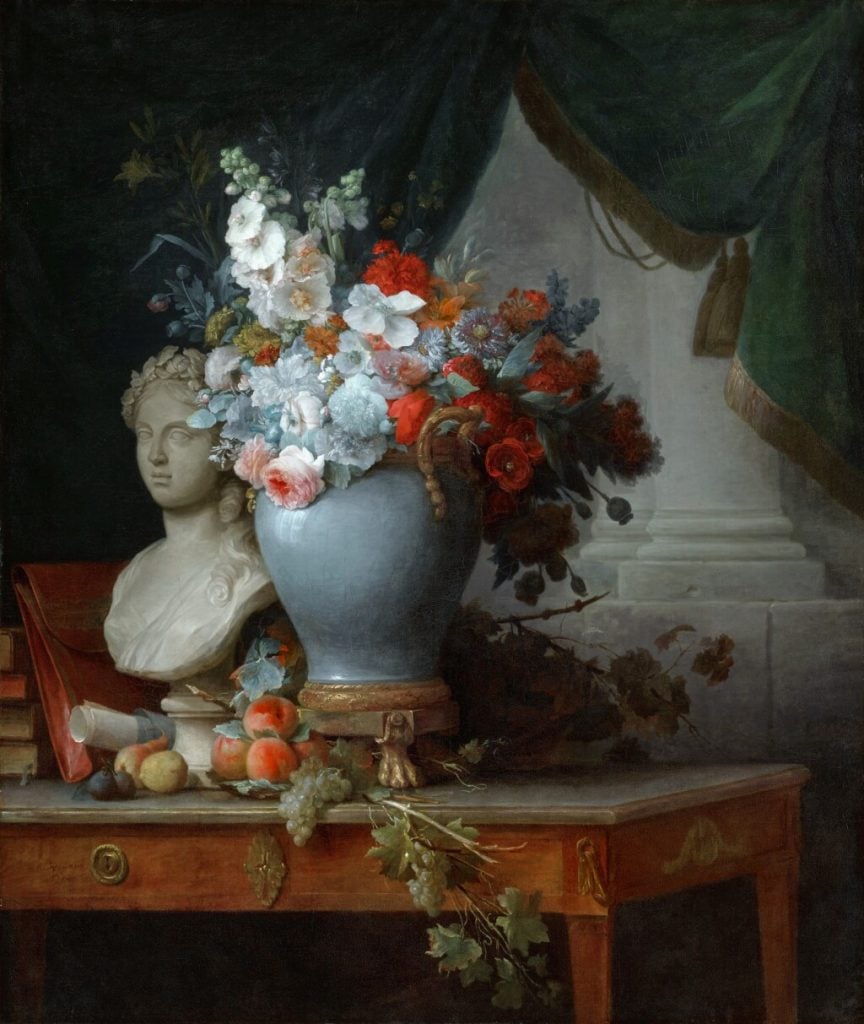
Anne Vallayer-Coster, Still life of flowers in a vase on a table beside a bust of Flora, with fruit and other objects with a curtain beyond (1774). Courtesy of Sotheby’s New York.
Nevertheless, Still Life of Flowers in a Crystal Vase on a Ledge sold for $252,000, exceeding the high estimate by a full $102,000. Still Life of Flowers in an Alabaster Vase also over performed, bringing in $126,000 on an estimate of just $60,000 to $80,000.
And museums are beginning to give the artist her due as well. The Kimbell Art Museum in Fort Worth acquired Vallayer-Coster’s Still Life With Mackerel in 2019. And when the Met reopened its European paintings galleries in December 2020, it hung her Vase of Flowers and Conch Shell with work by other 18th-century French women artists (although it is not currently on view).
Vallayer-Coster’s paintings can also be found in the collection of institutions such as the Dallas Museum of Art, which organized a traveling exhibition of her work with stops in New York, Washington, D.C., and Marseilles, France, in 2002.
To help understand the appeal of Vallayer-Coster and her work, here are three facts to know about this pioneering painter and her mastery of the still life.
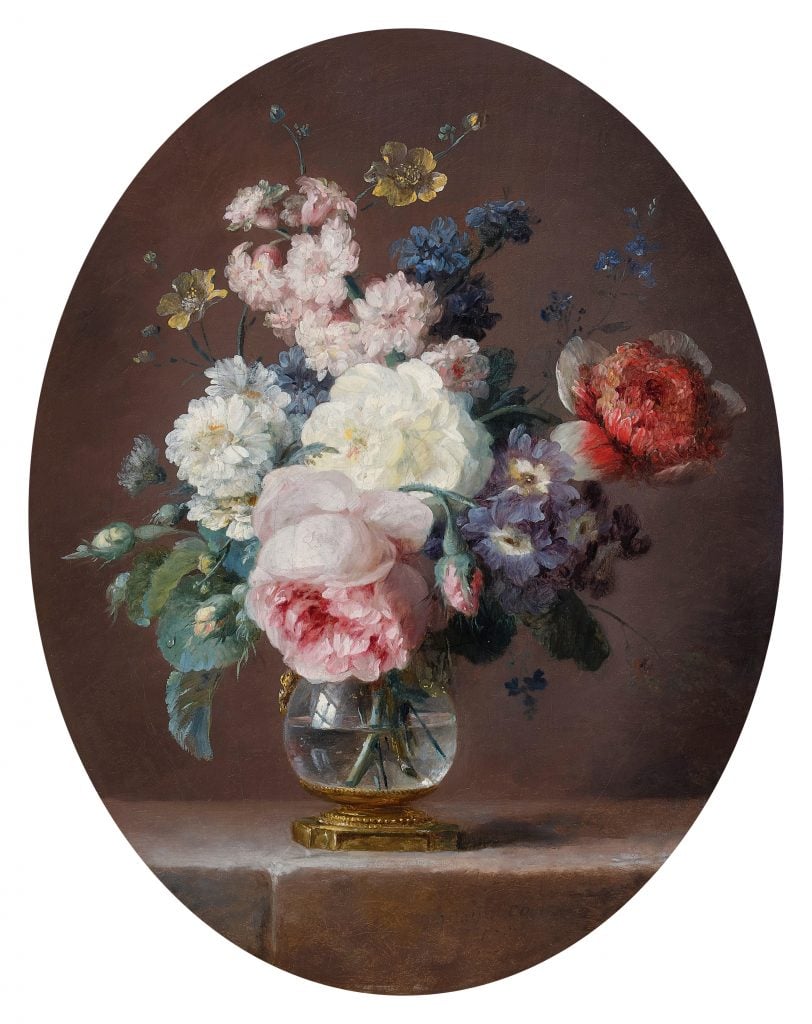
Anne Vallayer-Coster, Still Life of Flowers in a Crystal Vase on a Ledge (1786). Courtesy of Sotheby’s New York.
Her father, Joseph Vallayer, was a goldsmith, and likely provided his daughter with some artistic training.
As a woman artist in 18th-century France, Vallayer-Coster was not afforded the same opportunities as her male counterparts, such as drawing from the nude model. That limited her ability to work in more prestigious genres, such as history painting—but not to carve out a successful career.
In 1770, when she was 26, Vallayer-Coster submitted two still lifes to the Royal Academy, and became just the second women elected to its membership, after Marie-Thérèse Reboul in 1757. (Adélaïde Labille-Guiard and Elisabeth Vigée-LeBrun would follow in 1783.)

Anne Vallayer-Coster, Still Life of Flowers in an Alabaster Vase. Courtesy of Sotheby’s New York.
Most brides like to have their girls at their side on their wedding day. For Vallayer-Coster, that included none other than the French queen. The artist married the lawyer Jean-Pierre-Silvestre Coster on April 21, 1781, and Marie Antoinette was one of the witnesses, signing the marriage contract.
The year prior, Vallayer-Coster was named painter to the queen, who gave the artist her own quarters in the Louvre—the only woman so honored.
Vallayer-Coster’s links to French royalty turned from a professional advantage to a dangerous liability with the dawn of the French Revolution. Though she faced difficulties professionally following the fall of the monarchy, Vallayer-Coster managed to escape with her head. And in 1804, none other than the Empress Josephine, wife of Napoleon, acquired two of her paintings, proving the artist’s resiliency.
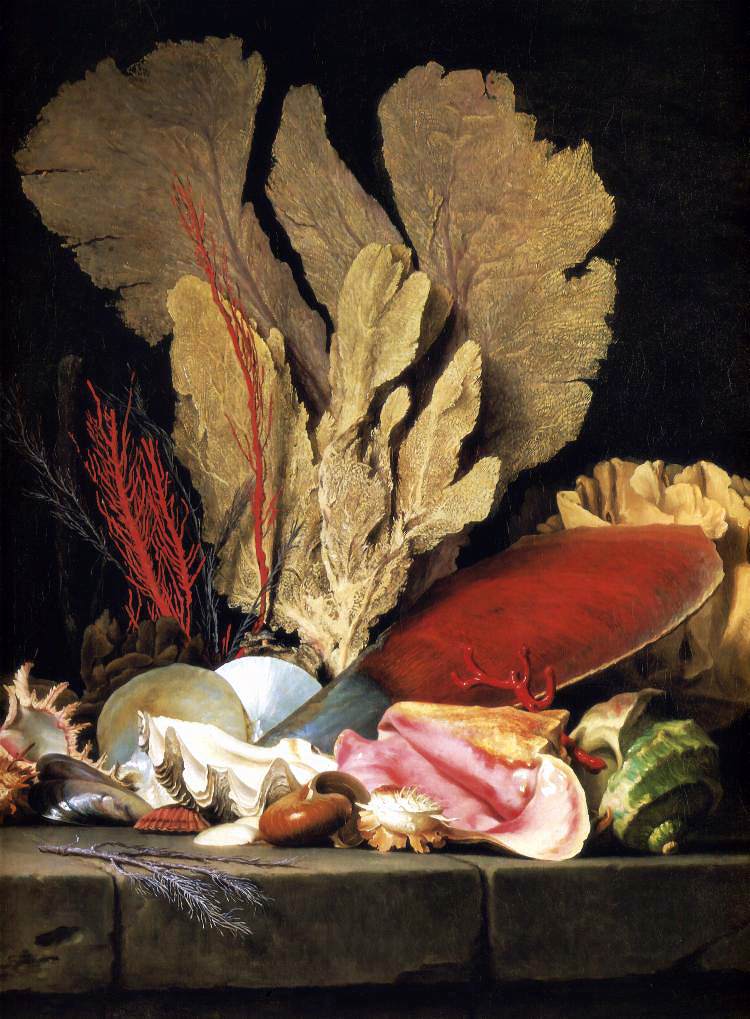
Anne Vallayer-Coster, Still-Life with Tuft of Marine Plants, Shells and Corals (1769). Collection of Louvre, Paris.
“It is certain that if all new members made a showing like Mademoiselle Vallayer’s, and sustained the same high level of quality there, the Salon would look very different,” the philosopher Denis Diderot wrote of Vallayer-Coster’s 1770 Royal Academy debut.
Five years later, a review of that year’s Salon said Vallayer-Coster painted “like a talented man.” (She would show at the annual exhibition through 1817, the year before her death.)
She was also admired by her peers. In her memoirs, fellow female academy member Vigée Le Brun wrote that Vallayer-Coster “painted flowers perfectly.”
The artist’s critical success also translated into a lucrative career. When Vallayer-Coster married at age 35, the marriage contract noted that she had a dowry of 20,000 livres, plus 14,000 livres in personal savings—just 1,000 livres less than her husband’s assets.